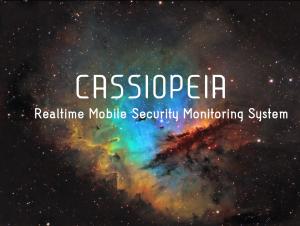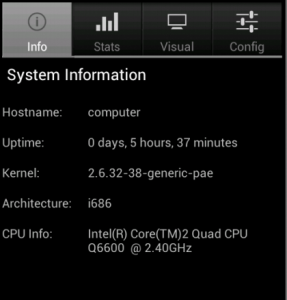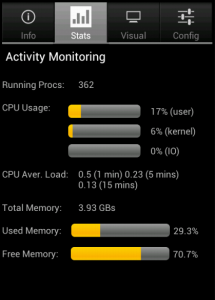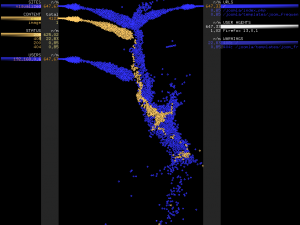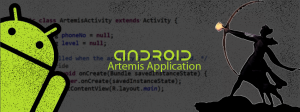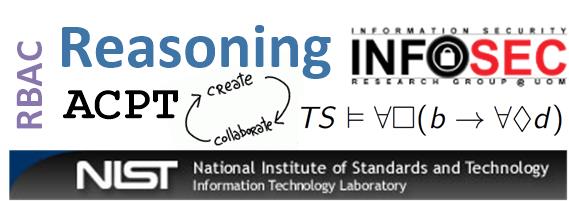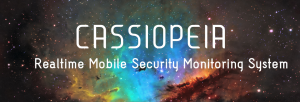
The attack is based on a 3-step methodology that can be fully automated in order to deploy massive attacks against vulnerable systems. The methodology takes advantage of the “Google Hacking” technique and extends it with two more steps that of information manipulation and the deployment of an exploit. Specially crafted implementations of the proposed attack methodology can be used per se to prevent cyber crime operations through the identification of vulnerable systems and prevention of massive cyber attacks against vulnerable systems.
Η επίθεση βασίζεται σε μια μεθοδολογία 3 βημάτων η οποία μπορεί να αυτοματοποιηθεί με σκοπό την εξαπόλυση μαζικών επιθέσεων σε συστήματα με ευπάθειες. Η μεθοδολογία κάνει χρήση της τεχνικής "Google Hacking" και την επεκτείνει με δύο επιπλέον βήματα αυτά της "τροποποίησης πληροφορίας" και την εκμετάλλευση γνωστών ευπαθειών. Ειδικά διαμορφωμένες υλοποιήσεις της μεθοδολογίας μπορούν να χρησιμοποιηθούν κατά περίπτωση για την αποτροπή κυβερνο-εγληματικών ενεργειών μέσω της αναγνώρισης ευπαθών συστημάτων και την αποτροπή μαζικών κυβερνο-επιθέσεων.


